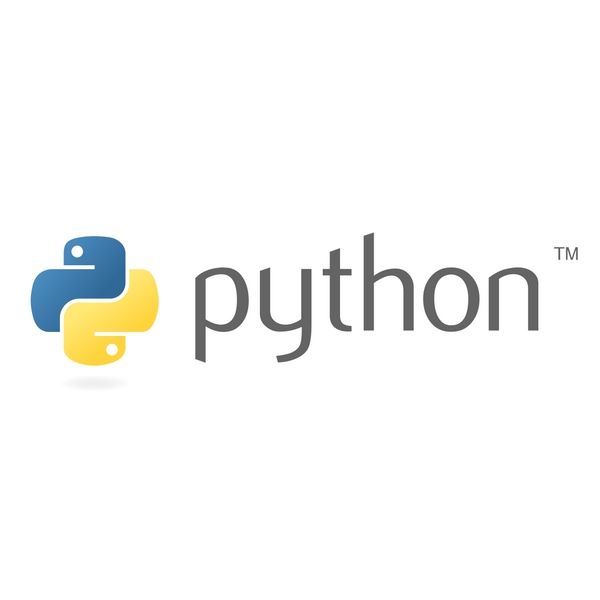Developer:
Guido van Rossum
Designed by:
James Gosling
Operating System
Windows, Linux/UNIX, macOS

Python is a high level, interpreted language which has easy syntax and dynamic semantics. Python is much easier than other programming languages and helps you create beautiful applications with less effort and much more ease.
You would wonder why use Python anyways? Let me help you understand using the keywords in the formal definition of Python. High Level, Interpreted, Easy Syntax, Dynamic Semantics.
Python is one of the most popular programming languages in the world today. Whether you’re browsing through Google, scrolling through Instagram, watching videos on YouTube, or listening to music on Spotify, all of these applications make use of Python for their key programming requirements. Python is used across various platforms, applications, and services such as web development.
Python Features Python is slow. However, its popularity does not stop to grow as it can achieve better productivity with lesser code, making Python one of the most liked languages. Python has a list of features that attract almost anyone to start coding with it. Simplicity, Open Source, Portability, Embedding Properties, Interpretation, Library Support, OOPS.